Holter Monitoring
Holter monitoring is a non-invasive diagnostic test used to assess and monitor the electrical activity of the heart over an extended period, typically 24 to 48 hours. Named after its inventor, Dr. Norman J. Holter, this portable device records the heart's rhythm continuously, providing a comprehensive analysis of cardiac activity during a person's daily activities. Small electrodes are attached to the chest, and the Holter monitor, a lightweight device, is worn inconspicuously on a belt or shoulder strap. This monitoring method is particularly valuable in detecting irregularities or abnormalities that may not be evident during a brief visit to a healthcare facility. Holter monitoring is commonly employed to diagnose arrhythmias, evaluate the effectiveness of anti-arrhythmic medications, and investigate unexplained symptoms such as palpitations, dizziness, or fainting episodes. The data collected by the Holter monitor allows healthcare professionals to analyze the heart's electrical patterns and make informed decisions about appropriate treatments or interventions. This continuous monitoring plays a crucial role in understanding and managing cardiac conditions, contributing to improved patient care and overall cardiovascular health.
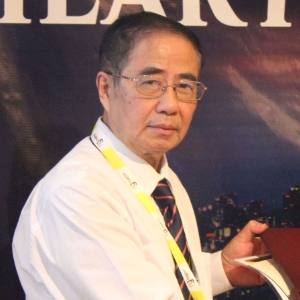
Shuping Zhong
University of Southern California, United States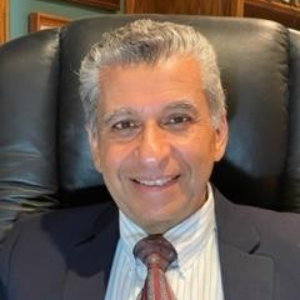
Ahdy Wadie Helmy
Indiana University School of Medicine, United States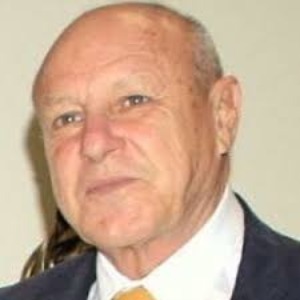
Federico Benetti
Benetti Foundation, Argentina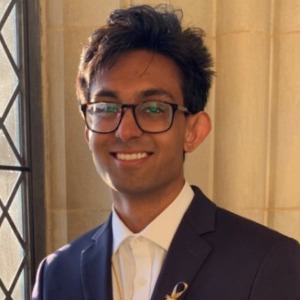
Ishan Abdullah
George Washington University School of Medicine and Health Sciences, United States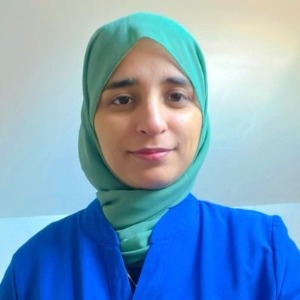
Sana Tariq
Manchester University NHS Foundation Trust, United Kingdom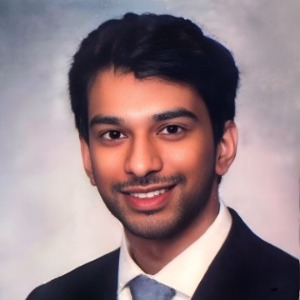
Achi Kamaraj
Royal Brisbane and Women’s Hospital, Austria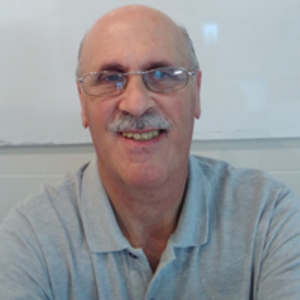
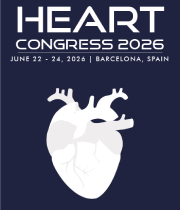


Title : Historical evolution from OPCAB to MIDCAB to mini OPCAB surgical technique and results
Federico Benetti, Benetti Foundation, Argentina
Title : Fats of Life, the skinny on statins and beyond !
Ahdy Wadie Helmy, Indiana University School of Medicine, United States
Title : Novel ways of cardiovascular risk assessment
Syed Raza, Awali Hospital, Bahrain
Title : Study of pathological cardiac hypertrophy regression
Shuping Zhong, University of Southern California, United States
Title : Personalized and Precision Medicine (PPM) and PPN-guided cardiology practice as a unique model via translational applications and upgraded business modeling to secure human healthcare, wellness and biosafety
Sergey Suchkov, N. D. Zelinskii Institute for Organic Chemistry of the Russian Academy of Sciences, Russian Federation
Title : Atypical takotsubo cardiomyopathy presenting as st-elevation myocardial infarction
Sana Tariq, Manchester University NHS Foundation Trust, United Kingdom